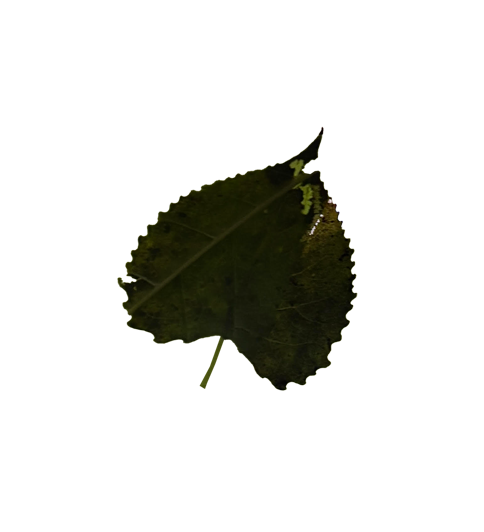Description
Honors Thesis, Landscape Studies.
Background -
Prairie ecosystems in the United States occupy a fraction of their historical range. The continuous fragmentation of these landscapes into existing remnants has drastically altered their ecological function and use by plants, animals, and humans. Passed in November of 2021, the Bipartisan Infrastructure Law designated $350 million towards the development of infrastructure that reduces wildlife-vehicle collisions and improves habitat connectivity through the Wildlife Crossings Pilot Program (WCPP). As funding from the WCPP and future legislation becomes available, it is crucial that project coordinators and land stewards have resources available to ensure that projects are properly planned, executed, and situated within the landscape. This research aims to identify the current state of cross-landscape prairie remnant interactions, develop a set of criteria for designating land for ecological corridor restoration between remnants using remote sensing and geospatial data, and to synthesize and assemble a reference collection of construction details for typical landscape interventions that can be used to mend these corridors.
Methods -
Prairie remnants in Minnesota (part of the highly-fragmented North American tallgrass prairie ecoregion) will be the focus of this study. Utilizing the Minnesota Department of Natural Resources’ (MNDNR) native prairie polygon dataset, in conjunction with elevation, hydrology, landcover, infrastructure, and property data, a spatial analysis will be conducted using Geographic Information Systems (GIS) software to generate ecological corridor boundaries. In order to determine the relevancy of mapping criteria (i.e. the factors that impact animal species movement between corridors, drivers of plant community composition, federal regulations, infrastructure costs, etc.) a literature review will be conducted in conjunction with site visits and meetings with researchers and landowners. To address the implementation of corridors, typical construction detail documentation will be created by referencing existing connection infrastructure projects (i.e. underpasses, overpasses, prairie strips, etc.). Construction documentation for precedent projects will be requested from the design and engineering firms involved.
Outcomes -
- Map of proposed ecological corridors in MN
- Spatial analysis methodology for replicating corridor designation in other regions
- Reference collection of typified construction documentation for corridor infrastructure

